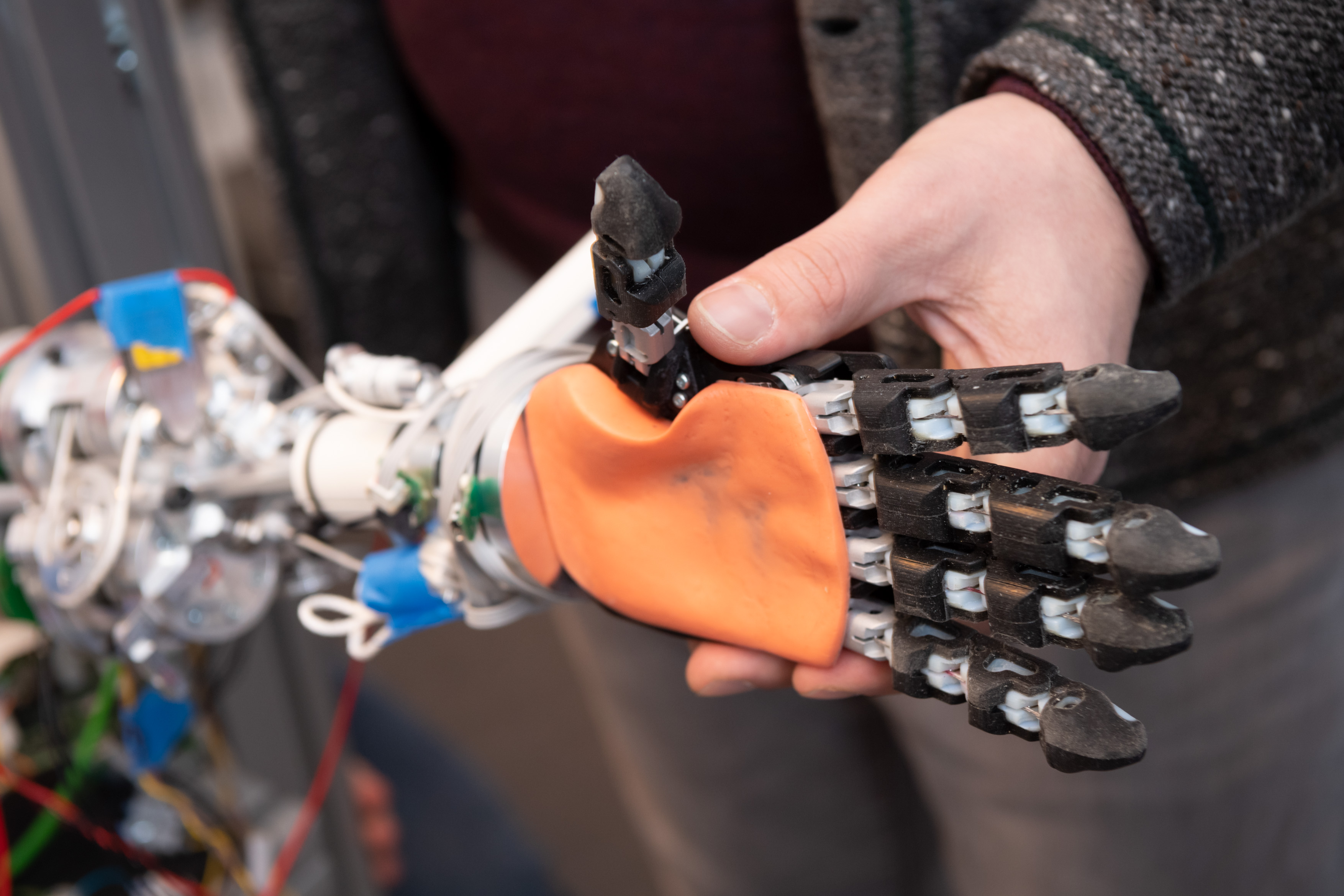Sex, Gender and Diversity in the Engineering Sciences
In engineering research, the relevance of sex, gender and diversity will vary according to the project and research content. Many research projects have no direct link to people or animals and the associated sex, gender and/or diversity dimensions. In some projects, the research results are intended to be of practical use to people, and in others, research directly studies human technology interaction. In the latter case, when submitting a proposal to the DFG, applicants should reflect on whether and to what extent it is appropriate to take human or animal sex, gender and/or diversity into account in their specific project.
By using the "checklist(Download) provided by the DFG, applicants can examine during the planning stage whether these dimensions may be relevant to their research project.
Examples from Research
The following are examples of projects in which diversity aspects come into play in very different ways and at different levels.
Robert Rieger, Nils G. Margraf, project: An open technology for long-term out-patient monitoring of camptocormia
The objective of the project is to develop a technology for continuous, out-patient monitoring of posture, such as in patients suffering from camptocormia. The technology can potentially contribute to further research activities to clarify fundamental questions, including how posture changes over the course of the day and how these changes correlate with the patient’s well-being. The project involves evaluation of the technology on individual patients. There are no plans to incorporate systematic variation by gender or other dimensions since the technology only provides the basis for carrying out the recording and targeted investigation of possible differences.
Here you can find further information in GEPRI(externer Link).
Gerhard Weber, project: Human factors science, ergonomics, man-machine systems
The integration of blind people in the field of data monitoring is hampered by the lack of adequate sonification and haptification. The project aims to design a multimodal, non-visual software concept for capturing and exploring real-time data streams using mobile devices and wearables that are currently available. A non-visual approach to information visualisation can help blind people monitor and analyse data. For this reason, trials are to be conducted involving blind people or people with severely limited vision.
Here you can find further information in GEPRI(externer Link).
Markus Böl, Tobias Siebert, project: Development and validation of a failure model of the healthy porcine bowel
The project focuses on gastrointestinal perforations (GIPs): these result in high mortality rates in connection with subsequent diagnostics and therapy and usually require emergency surgery. Very little is known about the underlying mechanics of GIPs. The project aims to gain an understanding of the fundamental mechanical processes that occur during a GIP: this is to be done for the first time by means of layer-specific experiments under both active and passive conditions. Likewise, for the first time, these processes are to be described and predicted using a numerical three-dimensional model that is to be calibrated and validated based on these experiments. For this purpose, the plan is to carry out experiments on tissue strips from healthy pigs. In the first experiments, two subgroups will be formed (ten male and ten female pigs) so as to investigate possible gender-specific differences. If differences become apparent, we will split the total group by gender and create gender-specific models.
Here you can find further information in GEPRI(externer Link).
Contact persons
| E-mail: | ines.medved@dfg.de |
| Telephone: | +49 (228) 885-3205 |
| E-mail: | anush.koeppert@dfg.de |
| Telephone: | +49 (228) 885-2612 |
